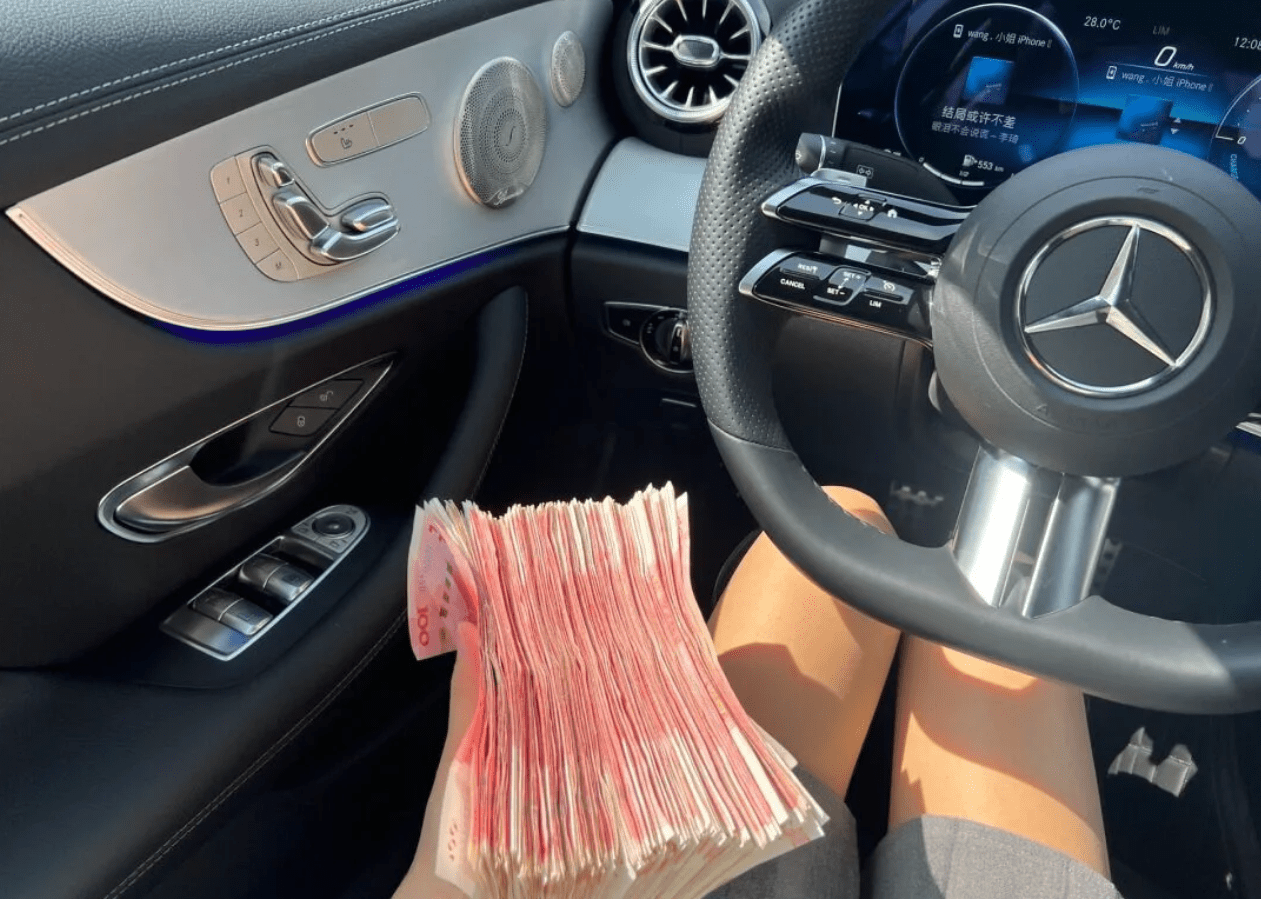In the cryptocurrency trading market, the core logic of sustained profitability never relies on random opportunities but is built on replicable trading discipline.
How long have you been involved in this market?
If the following behavioral patterns still exist to this day:
Blindly chasing high during a rapid rise, irrationally cutting positions during a rapid drop, and frequent operations during sideways periods.
Overly fantasizing about profits during the rising phase and being eager to stop losses and exit during the falling phase.
Therefore, the unsatisfactory trading results are not due to the market environment, but rather a lack of systematic rhythm control.
1. Reverse thinking: Breaking the main force's trap of attracting buyers.
Restraint in a rapid rise market is key to avoiding risks.
The main force often uses 'impulse-style rising' to attract retail investors to chase high prices, and then completes the harvest through quick sell-offs. Data shows that over 72% of chasing high behaviors occur during rapid rises exceeding 5%, with a loss probability as high as 83%.
My response strategy: In a rapid rise market that is detached from trend support levels, implement the 'take profit on highs' principle to convert floating profits into actual gains, rather than participating in the final bubble game.
2. Structural opportunities: Grasping entry points during pullbacks.
A rapid drop does not indicate the end of a trend, but rather requires structural analysis to filter opportunities.
Irrational selling often creates value traps, but blindly bottom-fishing is equivalent to gambling. It needs to combine:
The validity of key support levels (previous lows, dense moving average areas).
The degree of volume shrinkage (confirming the release of selling pressure).
The consistency of multi-period trends (to avoid counter-trend operations).
The win rate of low-buy opportunities filtered through the above dimensions can be raised to over 65%.
3. Patience in gaming: The art of position management during sideways periods.
The explosion of the main rising wave is often accompanied by long periods of oscillation and accumulation.
Statistics show that the cryptocurrency market is in a sideways state 70% of the time, and most retail investors incur ineffective trades during this phase due to 'lack of patience', resulting in a loss of capital costs.
My execution standard: Keep positions below 30% within a sideways range, only increasing positions when breaking through key resistance levels with volume support, using time to exchange for space.
4. Risk pre-positioning: Response paradigms for surges and slow declines.
Surge warning mechanism: When the daily increase exceeds 20% and deviates more than 3 standard deviations from the 5-day line, trigger 'ladder-style profit-taking', reducing 20% of positions for every 5% increase to avoid profit giving back.
Slow decline handling strategy: In a clear upward trend, when the pullback does not break the 30% Fibonacci level, implement the '5-3-2' incremental replenishment method (30% on the first 5% pullback, 20% on the next 3% drop) to improve fault tolerance through cost averaging.
5. The underlying ability to profit: Trading literacy that transcends technology.
The common traits of sustained profit-makers lie not in the accuracy of technical analysis, but in:
Emotional stability: Separate the results of a single trade from personal emotions.
Waiting threshold: Being able to endure 3-5 periods of invalid signals while holding a position.
Position discipline: Strictly follow the matching principle of 'trend - position - stop loss'.
Execution rigidity: The triggering of stop-loss and take-profit orders without subjective intervention.
In the student cases I have guided, the key variable in turning losses into stable profits is not the increase in knowledge reserves but the establishment of a 'rules over judgment' execution system. The essence of trading is a probability game, and discipline is the only path to convert probability advantages into actual gains.
Whether a breakthrough can be achieved in this market depends on whether you are willing to replace random decisions with systematic discipline.

Daily focus: XRP LNIK SOL


